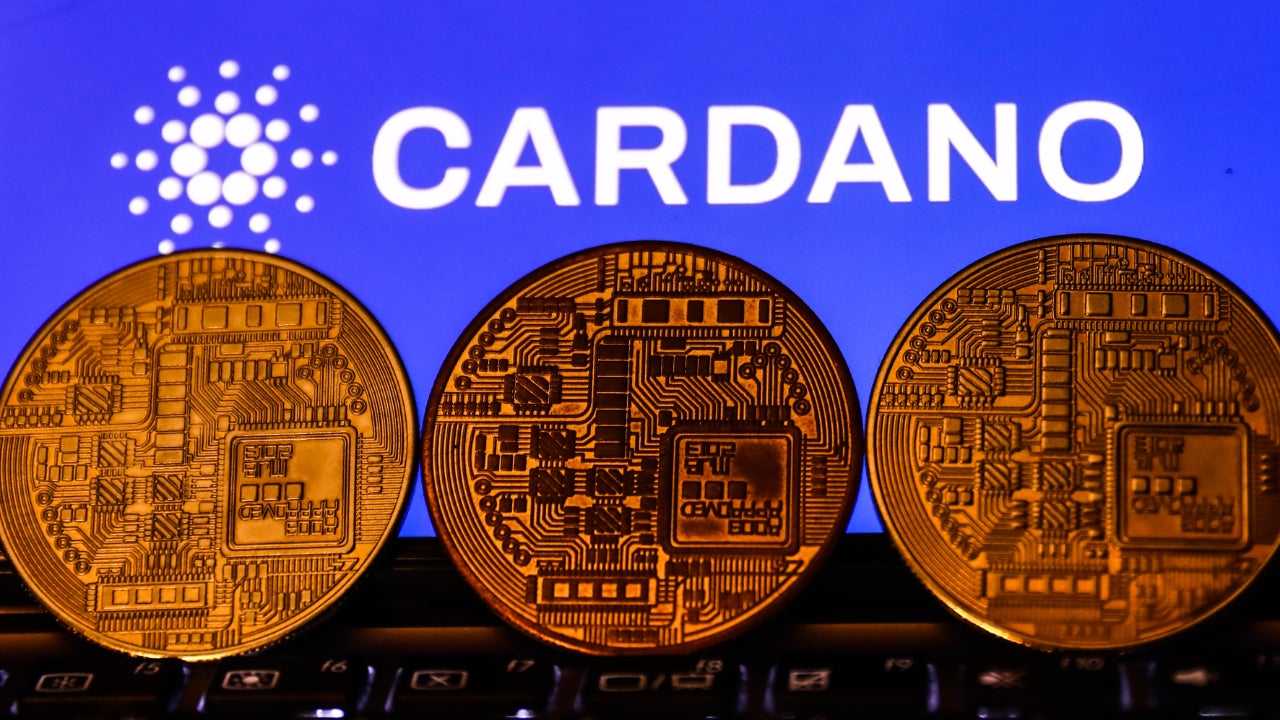The ‘halving’ happened. Why isn’t Bitcoin soaring higher?

Bitcoin enthusiasts around the world were abuzz with anticipation in April. Why? The much-awaited Bitcoin halving, an event predicted to send the price of the world’s most famous cryptocurrency skyrocketing.
But three months later, the price of Bitcoin (BTC) has yet to soar. While the cryptocurrency hit $65,481 on April 19 — the date of the most recent halving — the price of Bitcoin has stagnated since then, and is even down slightly as of July 16. The halving happened, but the price surge many expected failed to materialize.
In this article, we’ll dive into how Bitcoin halvings work and explore some reasons why the current price isn’t reflecting the April hype.
What are Bitcoin halvings?
Imagine a giant, digital gold mine. Every 10 minutes, miners unearth a set amount of gold, or in this case, Bitcoin. A halving is akin to a pre-programmed event that cuts the amount of gold miners unearth in half. Before April 19, Bitcoin miners — computers that process complex math problems — received 6.25 bitcoins for each problem solved. Now they get 3.125 bitcoins. This happens roughly every four years in the world of Bitcoin.
The purpose? To control the total supply of Bitcoin, which is capped at 21 million. The halving ensures a slow and steady release of new coins, mimicking the scarcity of precious metals. In theory, this creates scarcity. If demand for Bitcoin remains steady or increases while supply is restricted, the price per Bitcoin could rise.
So far about 19.7 million Bitcoins have been issued, according to CoinMarketCap.com.
Historical impact of halvings on the price of Bitcoin
Proponents of the halving theory point to past events as evidence. Three halvings took place prior to the one in April: 2012, 2016 and 2020.
Historically, investors who purchased Bitcoin and held it for eight to 10 months following a halving event saw significant positive returns.
The 2020 halving saw the most dramatic run-up in Bitcoin’s value following the event. Bitcoin sat at $8,628 on May 10, 2020 when the halving occurred, and by the end of the year, BTC hit $28,888 — a more than 234 percent increase. Ten months after the event, Bitcoin sat at $57,278, a 563 percent increase.
While many factors played a role in Bitcoin’s skyrocketing price in 2020 and 2021 — including investors who used an influx of cash from Covid-19 relief payments to bet on crypto — the two other Bitcoin halvings also produced sizable gains in the months following the event.
In mid-July 2016, for example, Bitcoin was valued at $654. But about 10 months later, the cryptocurrency was worth $2,432, an increase of more than 271 percent.
These historical trends fueled the belief that the 2024 halving would be a catalyst for another epic run.
However, history shows it can take several months for Bitcoin’s price to rise.
“If we look at past cycles, we realize the price has gone down initially after the halving,” says Adam Blumberg, co-founder of Interaxis, a firm that provides cryptocurrency and blockchain education for financial advisors. “Bitcoin miners often need to sell as their revenue is cut in half, while their expenses remain the same.”
The halving happened. Why isn’t Bitcoin going up?
While history often rhymes, it rarely repeats verbatim. Multiple factors might explain the current lackluster price performance of Bitcoin after the halving.
It’s always important to remember that while historical trends offer helpful context, they aren’t guarantees for the future.
“Each cycle and each day has different, unique circumstances,” says Blumberg. “We shouldn’t always expect the same result.”
Here are some potential reasons why Bitcoin has yet to surge.
Pricing in future gains
Big news hit the cryptocurrency market in early 2024 before the halving ever occurred. In a significant development, the U.S. Securities and Exchange Commission (SEC) finally approved the first Bitcoin spot ETFs in January.
This long-awaited regulatory green light was seen by many as a major step toward legitimizing Bitcoin in the eyes of mainstream investors.
Anticipation of the exchange-traded fund triggered a buying frenzy before and after the ETF was approved on Jan. 10. Bitcoin’s price increased 31.5 percent from Nov. 10 through Jan. 10.
“Some of the demand was pulled forward several months,” says Blumberg. “I think the media coverage also helped the price move up before the ETF.”
After the ETF was available to trade through traditional brokerage accounts, Bitcoin experienced another major price run-up, spiking another 50 percent between Jan. 10 and March 13, when the cryptocurrency notched a new all-time high of $73,835.
Part of this increase might be attributed to the Bitcoin ETF, but crypto investors may have also bought in around March expecting a sharp rise in the coin’s value following the halving.
This surge could have been a case of “buy the rumor, sell the news.” In other words, investors who believed the halving would propel Bitcoin to new heights bought in heavily beforehand. After the halving came and went, some investors who had been waiting on the sidelines might have cashed out, leading to a price correction.
The price surge caused by the ETF approval along with anticipation for the halving itself could be a key reason why Bitcoin hasn’t experienced the dramatic moonshot many expected.
Macroeconomic factors, other attractive investment options available
Global economic headwinds like inflation and higher interest rates are putting a strain on people’s budgets. With less money to invest, Blumberg says people may be pursuing less volatile investments.
“There are other options for yield and growth right now, like U.S. Treasuries paying 4-5 percent and the Nasdaq at all time highs,” he says.
In the long run, economic instability could drive people toward Bitcoin as a perceived hedge or a store of value. However, in the short term, Blumberg says economic conditions seem to be putting a damper on Bitcoin’s price potential.
“The uncertainty in the U.S. political future is an issue as well,” notes Blumberg. “The result of the election will play a big role in the future regulation of Bitcoin and crypto.”
German government’s big Bitcoin sell off
The cryptocurrency market faced an additional challenge this summer in the form of a massive Bitcoin sell-off by the German government.
Over the past month, Germany unloaded approximately 50,000 bitcoins seized in January from the defunct movie piracy site, Movie2k.to. This government action, amounting to billions of dollars worth of Bitcoin hitting the market, might be suppressing the coin’s price, Blumberg says.
“While new supply is lower (due to the halving), available supply is way up,” he says.
Adding to the pressure, the long-awaited payout process for creditors of the collapsed Mt. Gox exchange finally began in July. Mt. Gox, which went bankrupt in 2014, held about $9 billion worth of Bitcoin. Disbursement of these funds further increased the available supply of cryptocurrency in the market.
This influx, happening alongside the restricted new supply from the halving, may have created a situation where overall supply wasn’t actually reduced as much as people anticipated.
Bottom line
The eagerly awaited Bitcoin halving in April 2024 failed to deliver on promises of an immediate epic price surge. While the halving itself reduces the long-term supply of Bitcoin, other factors converged to mute its short-term impact.
The recent price performance might be disappointing for some, but the halving remains a significant event in Bitcoin’s overall narrative of controlled issuance and potential long-term value. Bitcoin’s price in the future will depend on how these and other factors evolve alongside broader market trends.
Editorial Disclaimer: All investors are advised to conduct their own independent research into investment strategies before making an investment decision. In addition, investors are advised that past investment product performance is no guarantee of future price appreciation.






